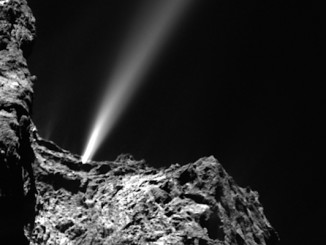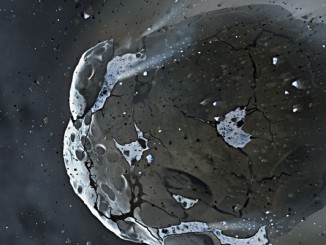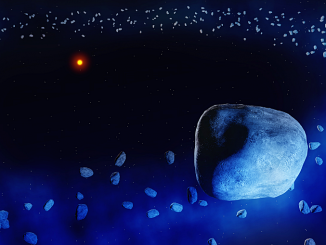
comets


2007 OR10: the largest unnamed world in the solar system
By combining data from two space observatories, astronomers have revealed something surprising: a 955-mile-wide dwarf planet named 2007 OR10 is significantly larger than previously thought. Although its 547-year-long elliptical orbit brings it nearly as close to the Sun as Neptune, 2007 OR10 is currently twice as far from the Sun as Pluto.

Giant comets could pose danger to life on Earth
Over the last two decades, the discovery of hundreds of giant comets, termed Centaurs, on unstable orbits in the outer planetary system means that these objects pose a much greater hazard to life than asteroids, according to a team of UK astronomers. Centaurs are typically 50 to 100 kilometres across, or larger, and a single such body contains more mass than the entire population of Earth-crossing asteroids found to date.
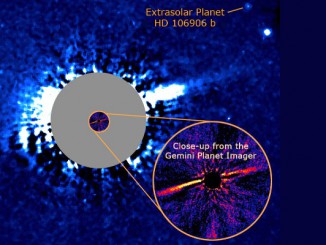
Exiled exoplanet kicked out of star’s local neighbourhood?
A planet discovered last year sitting at an unusually large distance from its star — 16 times farther than Pluto is from the Sun — may have been kicked out of its birthplace close to the star in a process similar to what may have happened early in our own solar system’s history. The planet’s 13-million-year-old parent star is known as HD 106906 and lies 300 light-years away.
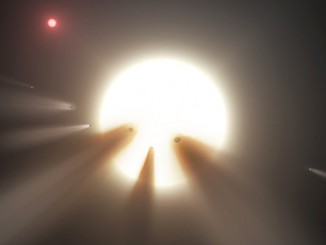
UPDATED: Are comet fragments best explanation for mysterious dimming star?
A star called KIC 8462852 has been in the news recently for unexplained and bizarre behaviour. NASA’s Kepler mission had monitored the star for four years, observing two unusual incidents, in 2011 and 2013, when the star’s light dimmed in dramatic, never-before-seen ways. Something had passed in front of the star and blocked its light, but what?
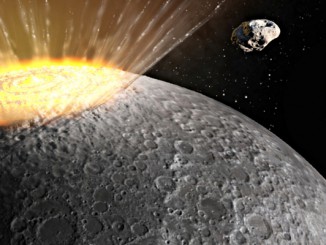
Asteroids found to be the Moon’s main ‘water supply’
Water reserves found on the Moon are the result of asteroids acting as “delivery vehicles” and not of falling comets as was previously thought. Using computer simulation, scientists from the Moscow Institute of Physics and Technology and the RAS Geosphere Dynamics Institute have discovered that a large asteroid can deliver more water to the lunar surface than the cumulative fall of comets over a billion year period.

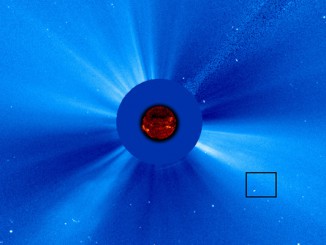
3000th comet discovered by Solar and Heliospheric Observatory (SOHO)
On 13 September 2015, the ESA/NASA Solar and Heliospheric Observatory (SOHO) discovered its 3,000th comet, cementing its standing as the greatest comet finder of all time. The comet was spotted in SOHO’s data by Worachate Boonplod of Thailand — a citizen scientist typical of the NASA-funded Sungrazer Project volunteers responsible for 95 percent of SOHO comet discoveries.
